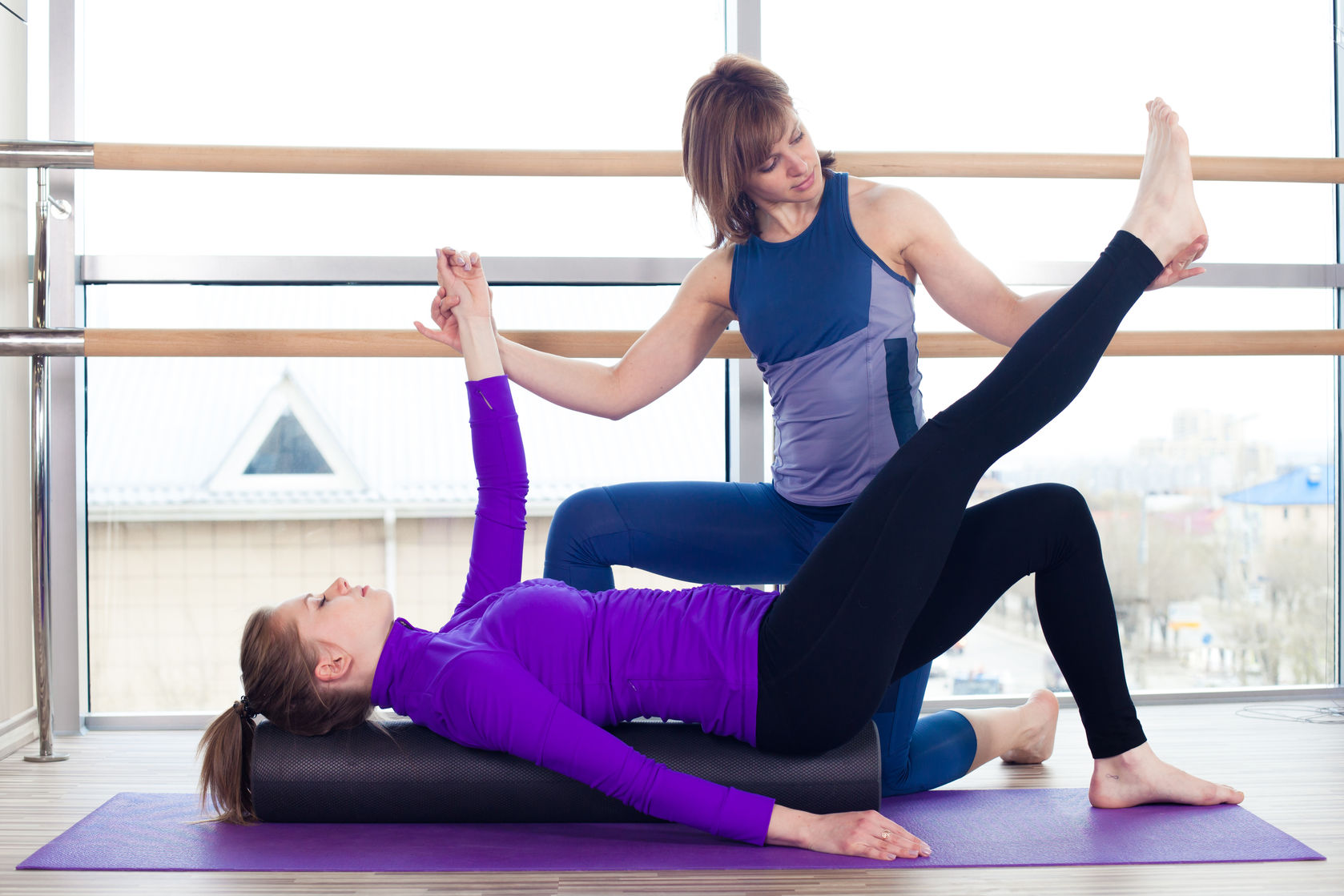Most people associate physiotherapy with pain and injury management. While helping you recover from pain is our specialty, physiotherapists are also able to help with many more issues. Here are three things that you may not have thought to visit a physiotherapist for.
Stiffness and Inflexibility
Almost all of us have experienced pain and stiffness after a day of increased or unaccustomed exercise. This kind of stiffness usually wears of quickly, and is referred to as DOMS (delayed onset muscles soreness). If however, you find yourself feeling stiff for longer periods, or even most the time – it might be time to see a physiotherapist. There are many different causes of stiffness and inflexibility; by far the most common is lack of movement. Our joints and muscles both lose flexibility if they are not regularly moved all the way through their range. Muscles can feel short and tight with a bouncy feeling of restriction and joints are more of a hard ‘blocked’ feeling when you try to move.
For this kind of stiffness, you may not even notice that you have lost range, as it can be very easy to adapt your movements to compensate. Your physiotherapist can help you to identify where you have areas of inflexibility and help you to exercise, stretch and mobilise your joints to get them back to a healthy range. Disease processes such as Osteoarthritis and Rheumatoid Arthritis can also cause prolonged stiffness and your physiotherapist is well equipped to help you deal with these conditions.
Reduced Strength or Weakness
There are many reasons for weakness in the body, from generalised disuse, weakness in one muscle group following injury, neurological weakness or structural weakness of joint following an injury. Weakness of any kind can predispose you to future injury and can be surprisingly difficult to resolve without targeted exercises. Your physiotherapist is able to determine the cause of your weakness and determine the best treatment to restore your muscle strength.
Reduced Balance
Keeping your balance is a very complicated process and your body works hard to make sure you stay on your feet. Humans have a very small base of support for our height and we use all our senses together to determine which movements we should make to stay upright, including our visual, vestibular, muscular and sensory systems. As balance is so important, if one part of our senses begins to weaken, the others will quickly compensate, so you may not notice that your balance has worsened until you fall or trip over.
As a general rule, our balance deteriorates as we age but this does not mean that falls should be an inevitable part of aging. Actively working to maintain or improve your balance can have a significant effect on your quality of life and confidence in getting around. Your physiotherapist is able to test all the aspects of your balance and provide effective rehabilitation to help keep you on your feet.

